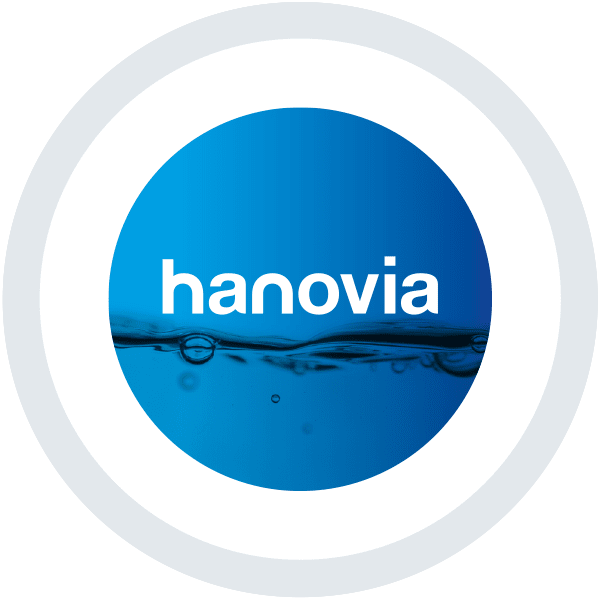Aquionics UV Chosen to Disinfect Aruba’s Drinking Water and Wastewater
Caribbean island opts for UV instead of chlorine as part of its ‘anti chemical’ policy
The Caribbean island of Aruba situated just off the coast of Venezuela has a semi-arid climate, caused by the north-westerly trade winds dropping most of their rain on the Windward Islands to the north-east. A popular tourist destination because of its dry, sunny climate, the island has experienced rapid growth in recent years, putting severe stress on its water supply system. As there are virtually no naturally occurring sources of fresh water on the island, it relies exclusively on the world’s second largest desalination plant to supply its population with potable water.

An Aquionics Berson InLine UV disinfection system installed on one of Aruba’s drinking water storage tanks
The desalination plant is situated in Balashi, the site of old gold mill ruins and is located inland of Aruba’s capital, Oranjestad. Operated by Water-En Energiebedrijf Aruba N.V. (W.E.B.), the plant was commissioned in February 2000 and produces over 11 million gallons (over 40 million liters) of water per day. Occupying a space equivalent to half the length of a football or soccer field, the plant consists of plate heat exchangers in titanium installed in a vessel of considerable size. It was constructed in three 67 foot (20 meter) sections in Germany and shipped to Aruba, where it was assembled.
As part of its ‘non-chemical’ approach to water treatment, W.E.B. opted to use ultraviolet (UV) disinfection technology instead of chlorine to provide an additional treatment step for drinking water prior to distribution. UV technology from Aquionics, manufactured by its Dutch sister company Berson UV-techniek, was selected for the project. The company was chosen because it is at the forefront of UV technology for municipal applications globally.
A total of ten Aquionics InLine+ UV systems are currently installed on the island. Seven are used for disinfecting drinking water prior to distribution and a further two are used for treating wastewater prior to discharge. In addition, one system is used by the Dr Horatio Hospital to treat incoming drinking water as a precaution against Legionella.
Drinking water treatment
Following the desalination process the water passes through five UV systems before being transported to a number of large storage tanks situated at elevated locations around the island. The five UV units are the last step in the treatment process prior to distribution. Each UV unit disinfects 400m3 of water per hour, rising to 600m3/h during peak flow conditions. No chlorine is used at any stage of water the treatment process. The UV systems are controlled by Aquionics’ ECtronic+ and UVtronic+ microprocessors – allowing the units to be linked to control systems.
Two of the storage tanks situated around the island are also fitted with UV systems, which provide an additional disinfection step prior to distribution. One of these UV-fitted storage tanks is situated in the harbor and supplies cruise ships with UV treated drinking water.
Commenting on the installations, Project Manager Mr Ruiz says, “Chlorine was originally considered as an alternative to UV but was rejected after concerns over costs and safety. W.E.B. also has an anti-chemical policy”.
Wastewater treatment
Aruba is currently served by two wastewater treatment plants (WWTPs), one at Parkietenbos on the west coast and another Zeewijk on the east of the island. The Parkietenbos WWTP processes wastewater brought in by septic tank trucks from the whole of the island, while the Zeewijk WWTP treats wastewater from San Nicolas, Aruba’s second largest city, located in the south of the island.
Both WWTPs use UV as a final treatment step prior to discharge, following various filtration and treatment steps including grit and fat removal, screening, SBR (sequencing batch reactor) biological treatment and tertiary disc-type filtration. The Aquionics InLine+ UV system at Parkietenbos treats up to 75m3/hour while that at Zeewijk treats up to 200m3/hour.
The quality of the final effluent from both sites is so good that some of the wastewater is used to irrigate two golf courses on the island.
Strong interest in UV for other applications
Commenting on the UV installations, Aquionics’ President Bill Decker says, “Since we delivered the UV systems to W.E.B. there has been a lot of interest in our non-chemical water treatment technology from other industry sectors on the island. In particular, a lot of businesses are interested in using UV-treated wastewater for hosing down their buildings. It is very dusty on Aruba, so keeping the exterior of buildings clean is actually a bit of a problem – using desalinated potable water is expensive and wasteful, so high quality effluent is a viable alternative.”
Aquionics and Berson are some of only a few non-German UV system suppliers capable of providing a complete range of UV systems with capacities between 10 – 10,000 m3/hour, certified to the latest German DVGW*** norm, W294, Part 1, 2 & 3 – the highest standard currently possible in the world. The systems are also fully validated in accordance with the USEPA UV Disinfection Guidance Manual (UVDGM).
* Biochemical oxygen demand
** Total suspended solids
*** DVGW (German Technical and Scientific Association for Gas and Water) is the body responsible for industry self-regulation in the German water and gas and water supply industry and its technical rules are the basis for safety and reliability.





 沪公网安备 31011202013557号
沪公网安备 31011202013557号